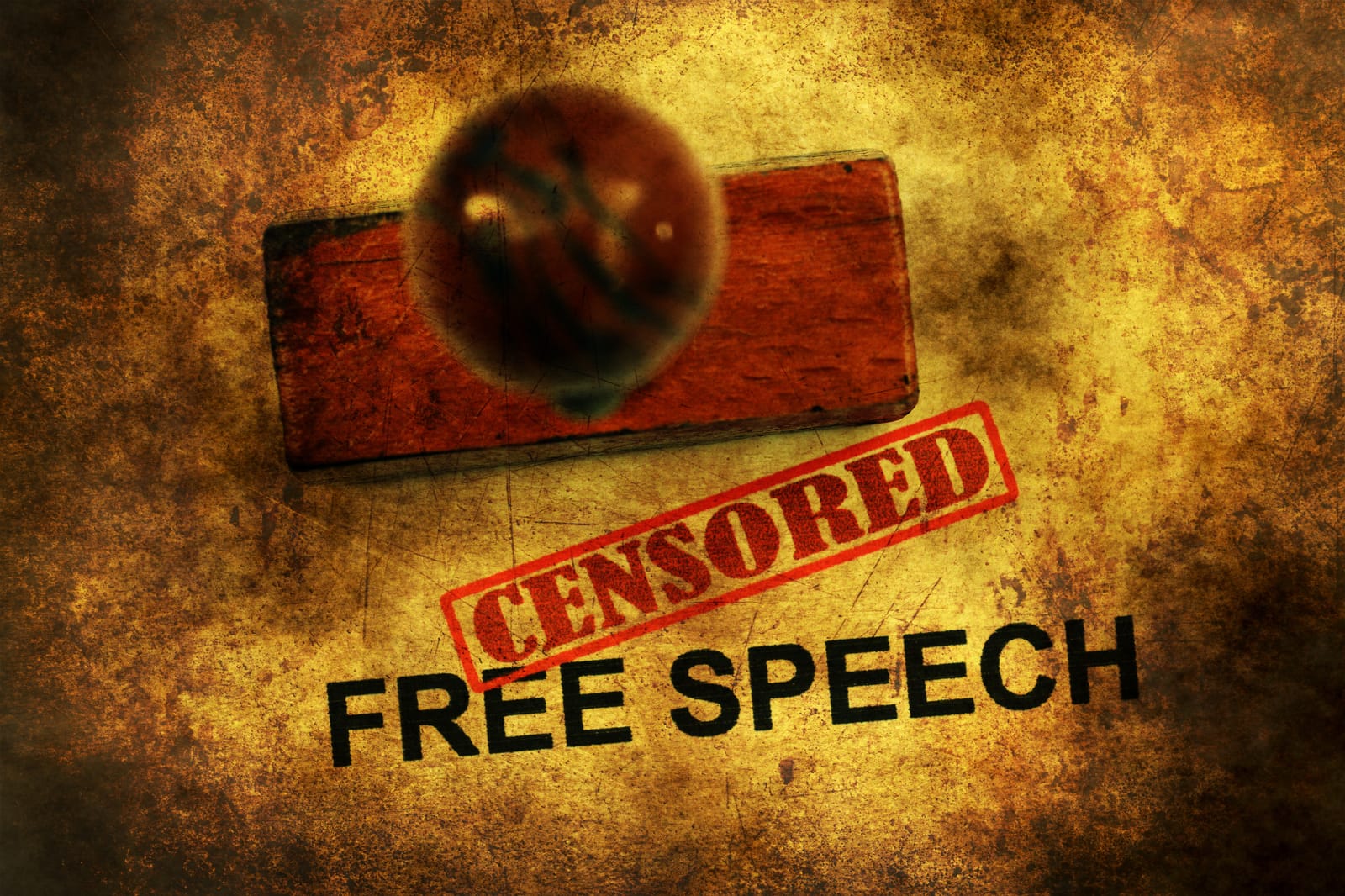You’ve seen it while scrolling through your feed: a hateful comment, a threatening post, or a video that seems designed to spread dangerous lies. It’s an uncomfortable, and often upsetting, part of modern digital life. Everyone agrees that this kind of harmful content is a problem, but the moment you ask, “What should we do about it?” the agreement shatters.
Who is responsible for policing the internet? Should it be the giant tech companies who own the platforms? Should it be the individual users? Or should it be the government?
The Canadian government has stepped directly into this thorny debate with its proposed “Online Harms” legislation. It’s one of the most significant and controversial attempts to regulate the internet in Canadian history, and it has sparked a fierce battle over one of society’s most fundamental questions: Where is the line between protecting people from harm and protecting freedom of speech?
To understand this debate, we have to go beyond the heated rhetoric and look at what the bill actually proposes, and why it’s so complicated.
What is the Online Harms Bill? (The Basics)
At its core, the legislation aims to force major social media platforms—like TikTok, YouTube, Instagram, and X—to take more responsibility for the harmful content they host and amplify. The bill doesn’t target individual users; it targets the corporations that run the digital spaces we inhabit.
According to the official page for the legislation (Bill C-63), the bill focuses on several categories of the most egregious content, including:
- Content that sexually victimizes a child.
- The non-consensual sharing of intimate images.
- Content that incites violent extremism or terrorism.
- Hate speech that incites violence or hatred against protected groups.
To combat this, the bill proposes creating a new Digital Safety Commission to oversee these platforms, forcing them to establish clear safety plans, be more transparent about their algorithms, and provide tools for users to report harmful material.
The Core Tension: Protecting Safety vs. Protecting Speech
The entire controversy around this bill can be understood as a clash between two deeply held, and equally important, Canadian values.
The “Safety” Argument: Proponents of the bill, including many child safety advocates, argue that online platforms have become a “digital wild west” where real-world harm is born. They point to the radicalization of lonely young people, the horrific spread of child exploitation material, and the use of social media to organize hate-based violence. For them, the tangible safety of vulnerable groups must be the top priority. They believe that freedom of expression does not include the freedom to incite violence or exploit children.
The “Free Speech” Argument: On the other side, groups like the Canadian Civil Liberties Association (CCLA) raise serious concerns. They worry that the bill’s definitions of “harmful content” are too vague and could be interpreted broadly to silence legitimate, albeit controversial, political or social commentary. They fear it will lead to a “chilling effect,” where platforms, fearing massive government fines, will over-censor content and remove anything that might be remotely risky. The concern is that in an attempt to make the internet safer, we might make it less free.
The Second Tension: Who is Responsible?
Beneath the surface is another key debate about power and responsibility. Proponents argue that multi-trillion-dollar tech companies have profited for years while taking a hands-off approach to the harms their platforms create. They see this legislation as finally holding these corporations accountable.
Critics, including the tech companies themselves, argue that government regulation is often slow and clumsy. They worry that a single regulatory body might not have the technical expertise to effectively police a constantly evolving digital landscape, and that its rules could stifle innovation and be applied unevenly.
The Full Story
The debate over the Online Harms Bill isn’t a simple story of good versus bad. It’s a fundamental balancing act between cherished values that often pull in opposite directions: our desire for safety, our right to free expression, our belief in corporate responsibility, and our skepticism of government power.
The outcome of this debate will set the rules of the road for the Canadian internet for a generation. It will help define what you see in your feed, what you are allowed to say, and ultimately, who gets to decide what is acceptable in our digital public square.

